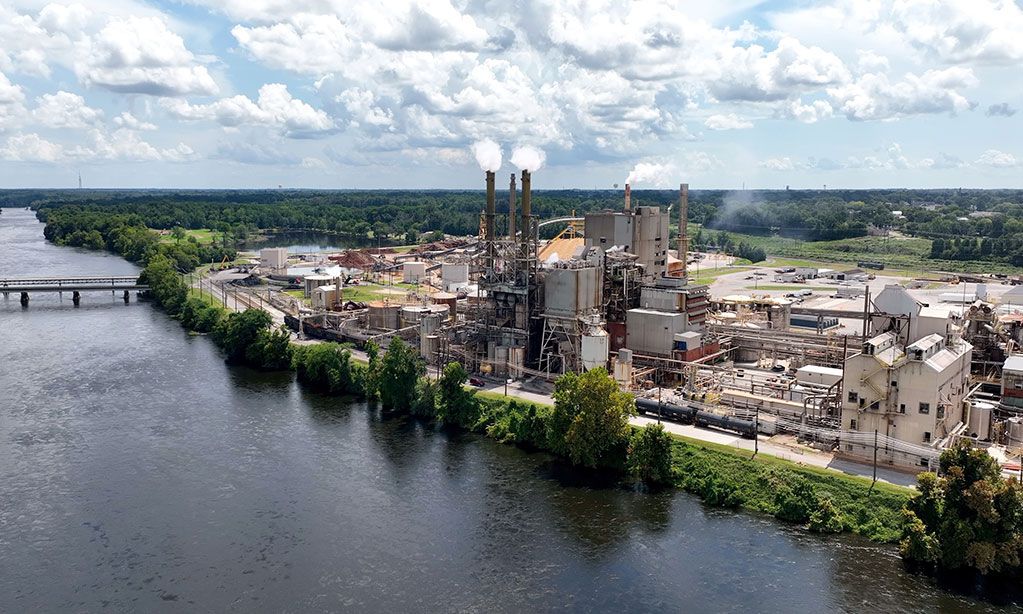

Facility Response Plans for CWA Hazardous Substances 40 CFR 118
Nearly 80% of facilities with Clean Water Act (CWA) Hazardous Substances are located within ½ mile of waterways. Because of their proximity to water, facilities that meet the following criteria need to prepare Facility Response Plans (FRPs) that outline how they will respond to a worst-case scenario discharge.
- Threshold Quantity: the facility has 1,000 times the Reportable Quantity (RQ) of any of the 296 listed CWA hazardous substances at 40 CFR 116.4 onsite at any time.
- Proximity to Navigable Waters: the facility is located within ½ mile of navigable waters or has a conveyance with an opportunity for discharge within ½ mile of navigable waters.
- Substantial Harm Criteria: a discharge could cause injury to fish, adversely impact a public water system, cause injury to public receptors (parks, recreational areas, docks or other public spaces); or the facility has a reportable discharge history.
The plans, which must be implemented by June 1, 2027, must include details of how the facility will respond to discharges in adverse weather conditions. Plans must be consistent with the National Contingency Plan and Area Contingency Plans; and must also provide specific information about the personnel and physical resources that the facility has available for response.
With this rule, EPA puts the primary burden for response on the facility – not on public resources. Often, however, a worst-case scenario discharge requires resources that are beyond the facility’s capabilities. As such, plans need to describe contracts with outside response agencies and be coordinated with appropriate local, state, regional and federal agencies.
Facilities are required to train response personnel and conduct drills. They are also required to communicate with local responders and invite them to participate in training and drills.
To help facilitate fast response, facilities must also keep an abridged Emergency Response Action Plan in front of the plan or as a separate binder. This Plan summarizes mitigation actions, lists notifications that will be made, outlines evacuation procedures and provides other critical information that is needed in the first two hours of a response.
Having the resources and capabilities to respond to a worst-case scenario discharge has been a long-standing requirement for many EPA regulations. This rule reinforces those requirements and encourages communication of plans with local resources so that everyone is better aware of facility plans and preparations.
Related Articles
Subscribe for Updates:
Sign up here to get the latest news, rules, and regulations and delivered right to your inbox.